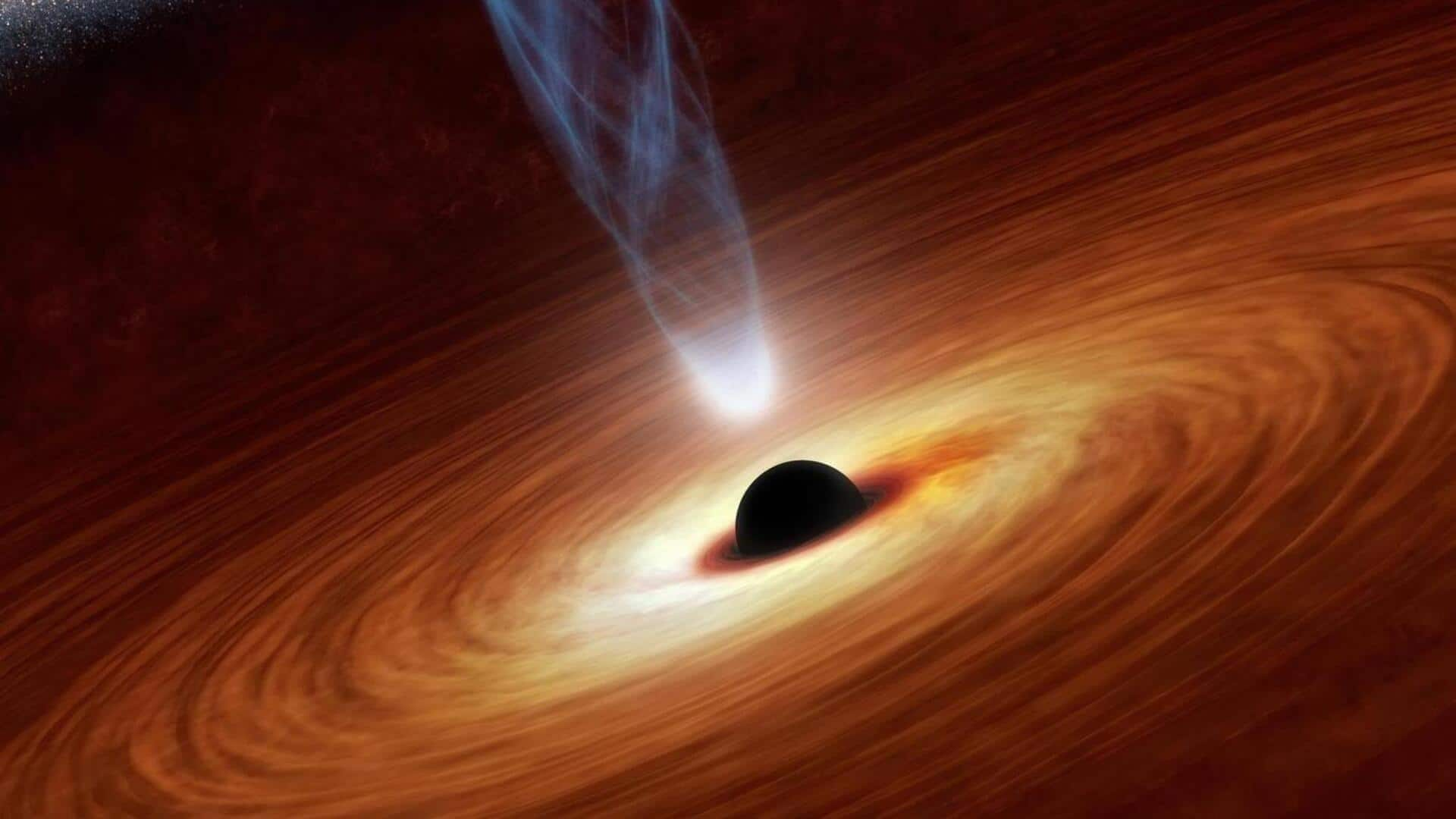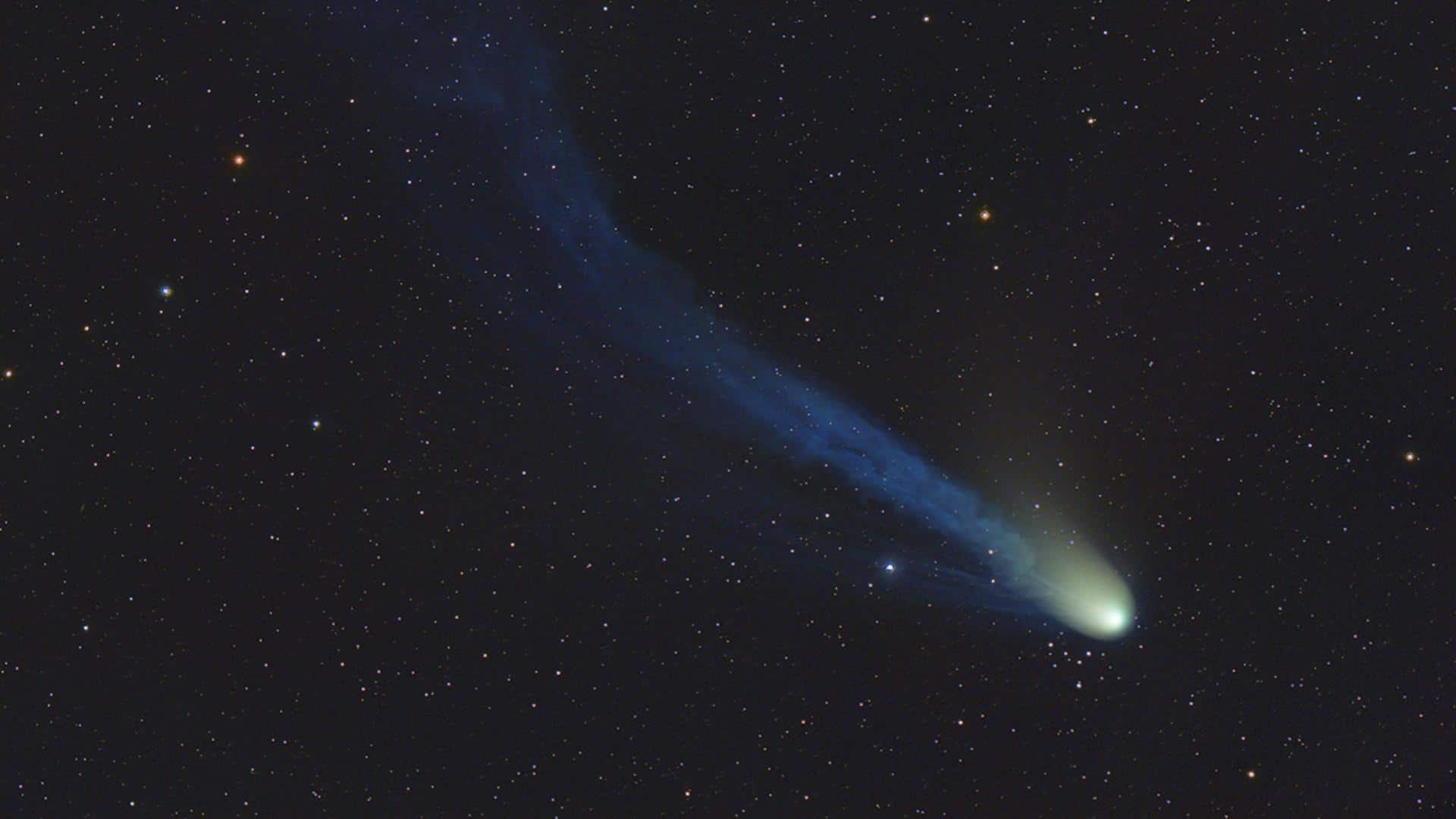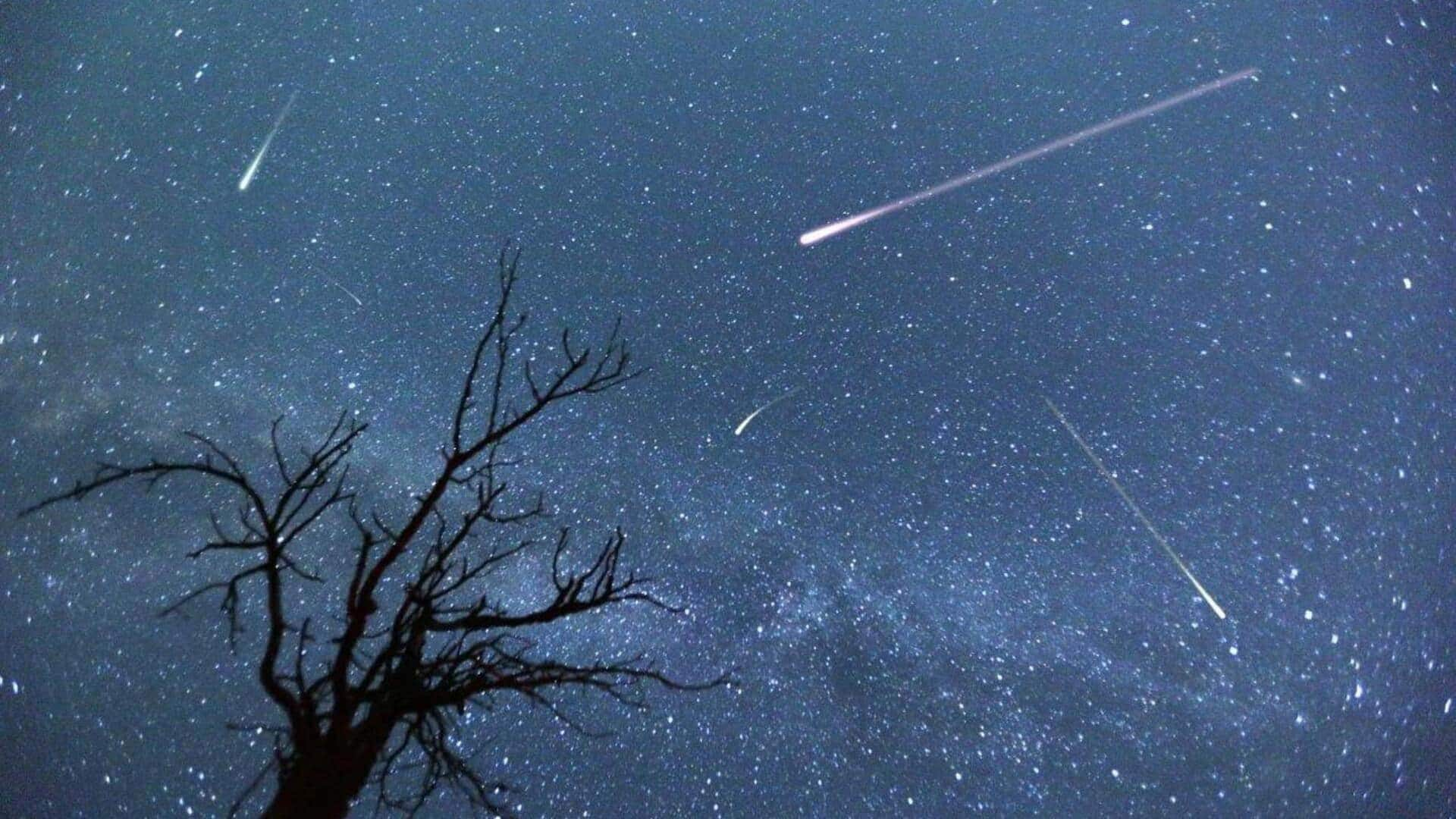**Scientists Reveal How Rotating Black Holes Produce Relativistic Jets**
*By Mudit Dube | Oct 07, 2025, 04:56 PM*
—
**What’s the Story?**
Theoretical physicists from Goethe University in Frankfurt have made a groundbreaking discovery about the formation of relativistic particle jets by rotating black holes. Using advanced computer simulations, they studied the behavior of plasma and electromagnetic fields around black holes, shedding new light on how these powerful and energetic jets are produced in our universe.
—
**Simulation Insights: The Role of Magnetic Reconnection and Plasmoids**
The research team’s simulations confirmed that the Blandford-Znajek mechanism plays a crucial role in jet formation. This well-known process explains how rotational energy from a black hole can be extracted to power jets.
Additionally, the scientists uncovered the vital role of magnetic reconnection—a process where magnetic field lines break and reconnect. This reconnection converts magnetic energy into plasma, heat, and radiation, leading to the creation of plasmoids. Plasmoids are small, highly charged structures of plasma moving at nearly the speed of light, primarily located in the black hole’s equatorial plane.
—
**The Role of Plasmoids in Relativistic Jet Formation**
As energy is converted through magnetic reconnection, charged plasma moves at nearly light speed close to the black hole’s surface, forming plasmoids. These structures are essential in shaping the relativistic jets observed in the simulations.
Relativistic jets accelerate particles to extraordinary speeds and have a profound impact on their surrounding environments, including galaxies and quasars. They are key drivers in shaping the large-scale evolution of the cosmos.
—
**Advancing Astrophysics: Implications and Future Research**
This discovery enhances current models of high-energy astrophysics and deepens our understanding of cosmic particle acceleration. The use of fully kinetic particle-in-cell (FPIC) simulations provides detailed insights into the behavior of plasma and jets near black holes.
Combined with observational data, these results will help astrophysicists refine existing models and gain a better grasp of the extreme conditions near black holes and their influence on cosmic evolution.
—
Stay tuned for further updates as this exciting research unfolds and reshapes our knowledge of the universe’s most energetic phenomena.
https://www.newsbytesapp.com/news/science/scientists-detail-how-rotating-black-holes-produce-relativistic-jets/story



